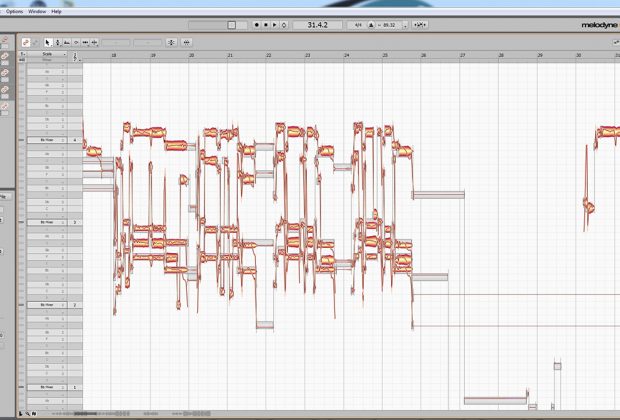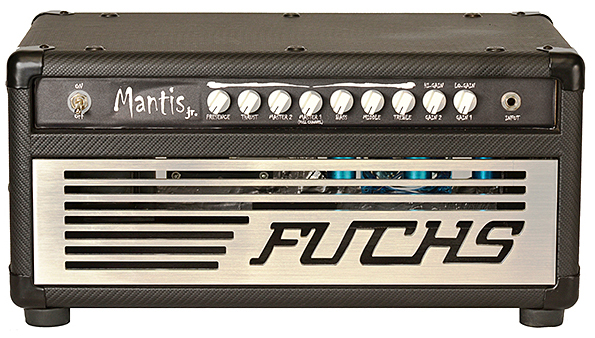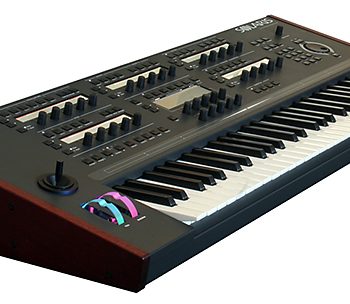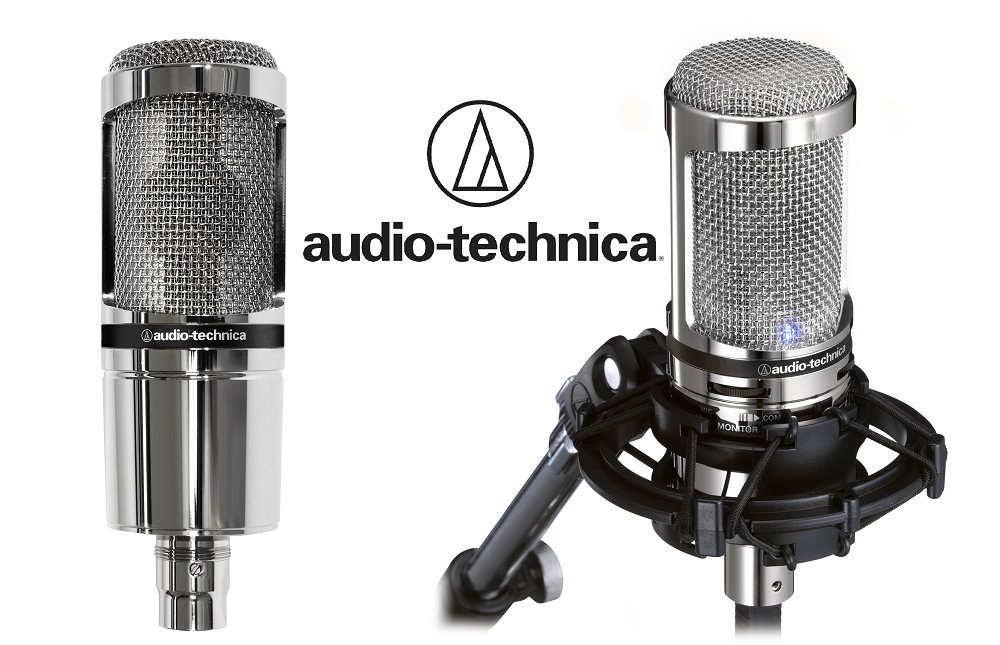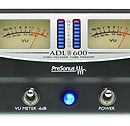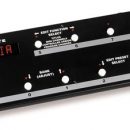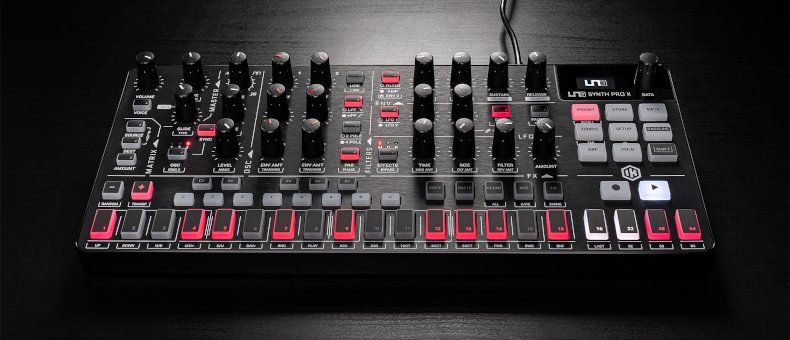Pitch and time editing is way of life in modern music making. It would be difficult to find a record made in the past fifteen years or so that has not had some kind of pitch correction or time editing work done. Moreover, tuning of vocals has become a part of the creative process and has been used as an effect ever since Cher graced the charts with her hit single,“Believe,” in 1998.
| Category | Value | Rating |
| Features | 20% | |
| Usability | 25% | |
| Sound | 25% | |
| Documentation & Support | 10% | |
| Price | 20% | |
| Overall: 3.4 Stars 3.6 stars or better: Outstanding, WIHO Award 3 stars or better: Worth considering 2 stars or better: Suited to specific needs 1 star or less: Not recommended |
||
In the early ‘00s, Celemony entered the game and began turning heads (and ears) with Melodyne. This hasn’t changed with the release of Melodyne 4. Celemony is about to make history not only with the power of their editing software but also with the evolved creative capabilities within. We don’t want to give away the end story, but be prepared to be astounded by the new and exciting advancements made with the latest release.
Celemony has really created a new path in the vocal tuning wilderness with Melodyne 4. The pitch and time editing has been improved, the interface has been given a fresh new look, the performance and stability has greatly improved—especially within DAW applications like Pro Tools. And, last but not least, they have capitalized on their patented Direct Note Access and made multiple track instances available in the Studio version. All of this capped off with the exciting new Sound Editor that we believe will be responsible for shaping iconic hits reminiscent of what Cher did almost two decades ago, only this time, the power of sound shaping is increased exponentially.
Features
Melodyne 4 is jam-packed with features for pitch and time correction. However, it doesn’t take long to find out that “taking it to the next level” was definitely part of the plan. Melodyne 4 has added some very innovative tools that literally create new vistas for sound design yet keep everything close at hand within the editing window.
Moreover, Melodyne is now one streamlined application that has features unlocked based on the version purchased, as opposed to older versions that were separate programs. The chart below lists the main feature set by category and version:
Although all of the updated features and the new ones are impressive, you don’t get a true sense of the power of this application until we describe its usability.
Usability
We tested Melodyne 4 Studio in Avid Pro Tools 12 HD Native as a plug-in and as a standalone application on our studio’s Windows PC (Intel Xeon 10-core 2.6 GHz). Installation was simple: First, we created an account with Celemony, and then we downloaded Melodyne 4 and got up and running with the plug-in using our iLok 2 for authorization.
Melodyne performed exceptionally well, and was very light on CPU usage. It performed well in standalone mode with one exception: multi-miked drums with the percussive algorithm. For some reason, Melodyne seemed to perform slower and struggle a bit with large track counts in this mode, while every other task we threw at it was child’s play. Still, with some coaching from the Celemony support team, the situation was manageable. The only other disappointment with the new version was the lack of dual-screen ability in the Studio version. Although the interface is set up very well for single screen use, in a large studio set up like ours, it would have been great to see some of the tools or notes spread across multiple displays.
Nevertheless, we found the workflow within Pro Tools and stand alone to be simple, with easy access to presets—which enabled us to start using Melodyne in almost every session. All of the different algorithms and options were accessible in the main interface and enabled us to get working quickly.


When making pitch and time corrections, we found the updated macro features to be very intuitive and helpful, not to mention a huge time saver! New to Melodyne 4 is the Note Inspector area, which enabled us to view all individual parameters of one note (like basic pitch, fine pitch, pitch drift, pitch modulation, volume, and formats) in a single glance, and it also allowed for numerical editing of those parameters without the need to switch tools. Advanced users will find this quite useful for speeding up editing tasks.

 Once the new interface became second nature, we were able to easily maneuver and complete the tasks most Melodyne users have come to love. Specifically, pitch and timing corrections. Moreover, Melodyne has seen massive improvements in the timing tools. This translated into a much more accurate and fluid experience when making timing corrections. The most dramatic change was the use of tempo editing and detection in Melodyne Studio standalone. We were able to import multi-tracked sessions and instead of defining the tempo, Melodyne discovered and defined it for us! The genius in this development is that musicians can perform in real time, with the feel they want (although fluctuating), and Melodyne very accurately detects this. The practical application of this is that after detection, a tempo map can be exported and then imported into Pro Tools (or your DAW of choice)—a huge time saver for complex arrangements with many tempo changes. Furthermore, this new feature emancipates musicians from always recording with a click track and opens up creativity while still providing the engineer with tempo mapping capabilities so essential for editing.
Once the new interface became second nature, we were able to easily maneuver and complete the tasks most Melodyne users have come to love. Specifically, pitch and timing corrections. Moreover, Melodyne has seen massive improvements in the timing tools. This translated into a much more accurate and fluid experience when making timing corrections. The most dramatic change was the use of tempo editing and detection in Melodyne Studio standalone. We were able to import multi-tracked sessions and instead of defining the tempo, Melodyne discovered and defined it for us! The genius in this development is that musicians can perform in real time, with the feel they want (although fluctuating), and Melodyne very accurately detects this. The practical application of this is that after detection, a tempo map can be exported and then imported into Pro Tools (or your DAW of choice)—a huge time saver for complex arrangements with many tempo changes. Furthermore, this new feature emancipates musicians from always recording with a click track and opens up creativity while still providing the engineer with tempo mapping capabilities so essential for editing.
But wait. It gets better. If the improvements to the standard features were a good start, the greater joy of Melodyne 4 may be the new sound shaping tools. Newly incorporated sound design tools include control over harmonics, EQ, and formats.
 In our opinion, the sound editor was the most innovative and powerful addition to Melodyne 4. Specifically, the ability to see and hear new ways to transform audio into things never possible before is truly a “game changer.” Additionally, the tools are very easy to use even if you aren’t a tech head, and it’s not too difficult to tweak a few parameters and discover things you would never have imagined. This is especially important from a usability perspective because getting bogged down with technical hurdles in the middle of a creative moment is the ultimate buzz kill. Melodyne 4 successfully delivers creative ability without obstacles.
In our opinion, the sound editor was the most innovative and powerful addition to Melodyne 4. Specifically, the ability to see and hear new ways to transform audio into things never possible before is truly a “game changer.” Additionally, the tools are very easy to use even if you aren’t a tech head, and it’s not too difficult to tweak a few parameters and discover things you would never have imagined. This is especially important from a usability perspective because getting bogged down with technical hurdles in the middle of a creative moment is the ultimate buzz kill. Melodyne 4 successfully delivers creative ability without obstacles.
Melodyne 4 offers a quantum leap forward in the area of pitch and time correction as well as sound design. It is beyond exciting that this new version delivers so many improvements while also providing a new world of creative possibilities.
Sound
The overall sound quality of Melodyne is—and always has been—best in class. Still, Melodyne has been improved, and the ability to correct performances transparently is truly remarkable. The greatest improvements we experienced were in the time shaping and timing correction algorithms. Past versions could get “phasey” if not careful, but Melodyne 4 is much more forgiving and therefore allows for much quicker edits while avoiding artifacts.
The same can be said for pitch correction, too. Again, the transparency and lack of artifacts are remarkable with Melodyne. In this regard, Melodyne is the go-to tool when clean and pristine retention of the original audio is needed.
Now that the practical needs are spoken for, it’s time for some fun! As great as Melodyne is at being hidden, it is even better at sound design and really out-of-this-world deconstruction of audio. The things that can be done are inspiring and will have you lost tinkering around for hours, days, even weeks if you are the creative type. Yet, still with the new sound editor, anyone can get quick and interesting results with minimal effort. Check out these two audio examples. The first is the original opening piano chords for “The Day Before Tomorrow,” by Adan Bei.
|
Melodyne Piano Original |
And now listen to what we created tinkering for about five minutes with this piano patch.
| Melodyne Piano "Synthed" |
What you are hearing is the original piano patch with a few harmonics isolated, then reconstructed using the synth tool in sound editor. It was fun imagining the sounds that can be birthed with this new tool. The sound editor is beyond cool and really puts Melodyne in a class of its own.
Documentation and Product Support
Celemony has extensive online documentation, including an in-depth user manual and plenty of videos. The support team is very thorough as well, and even though the company is headquartered in Germany, support also comes from Los Angeles and Tokyo.
Price
Melodyne 4 Studio (MSRSP $849) sells for $700 if you’re new to the software, while upgrades to Studio cost $349. No matter how you slice it, to experience all that Melodyne offers, we find it to be reasonably priced for the pro studio, but a bit steep for the part-time engineer or musician/producer. Melodyne Essential (MSRP $129) sells for only $99 and provides basic pitch correction, while Assistant and Editor fall in between, both in terms of features and price.
Contact Information
Celemony
www.celemony.com
| Evaluation Short-List |
|

